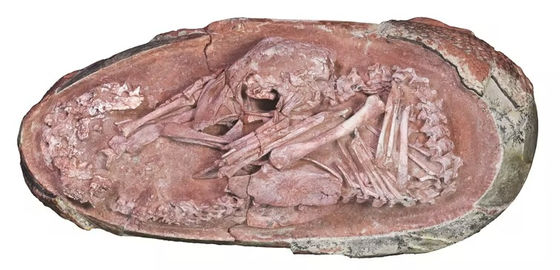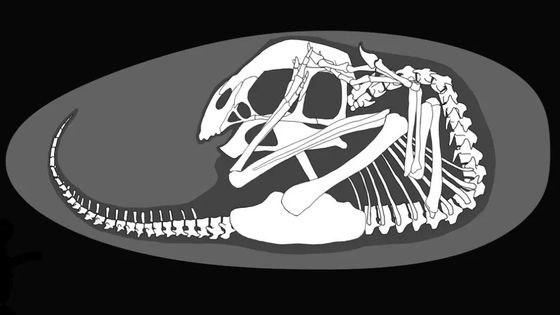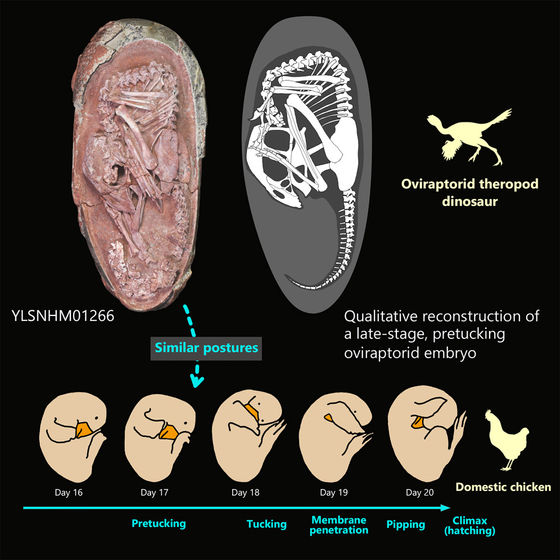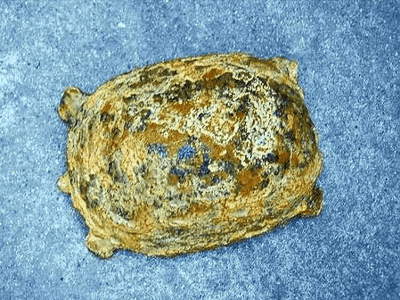Discovering fossils of 'dinosaurs just before they are born from eggs' may lead to missing link analysis of birds and dinosaurs

It turned out that the fossil egg, which had been in a dead state since it was excavated in China in 2000, contains
An exquisitely preserved in-ovo theropod dinosaur embryo sheds light on avian-like prehatching postures: iScience
https://www.cell.com/iscience/fulltext/S2589-0042 (21) 01487-5
Dinosaur embryo discovery: rare fossil suggests dinosaurs had similar pre-hatching posture to modern birds
https://theconversation.com/dinosaur-embryo-discovery-rare-fossil-suggests-dinosaurs-had-similar-pre-hatching-posture-to-modern-birds-174040
Impeccably preserved dinosaur embryo looks as if it'died yesterday' | Live Science
https://www.livescience.com/dinosaur-embryo-fossil-egg-discovered
Dinosaur embryos are thought to hold an important key to understanding how dinosaurs evolved, but they are rarely excavated, and even if they are excavated, they are damaged. .. However, the newly discovered fossils of Oviraptorosauria embryos, which are estimated to be about 66 to 72 million years old, were said to be in a state that could be said to be 'almost intact.' Oviraptorosauria is a theropod that is thought to have been distributed in Asia and North America, and is characterized by its lack of teeth and short beak.
The discoverer of this fossil was Kecheng Niu, who works as a curator at the YING LIANG Group, a major Chinese stone industry, at the YING LIANG Museum. The fossil has been dead in the museum's depot since it was purchased in 2000, but Niu discovered that several bones were peeked out of the broken egg. The rocks that covered the fossils were removed, revealing the complete skeleton of the embryo.

The museum, which realized the academic importance of this fossil, invited an international archaeological team. The archaeological team named the fossil in question 'Baby Yingliang' and
The contained Oviraptorosauria embryo has a total length of about 27 cm. The back is bent along the shell of the egg and the body is folded, and the head is in the same position as the toes. According to the research team, this posture has not been seen in dinosaur embryos excavated so far, and is 'close to the posture that modern birds take just before hatching.'

The image movie of fleshing the embryos excavated this time looks like this.
Similar posture movements in birds are called 'Tucking ' and are known to be controlled by the central nervous system and to greatly increase the probability of successful hatching. Birds break through the shell of an egg with their beaks and go out during hatching, but Tucking is to curl up and put the head under the right wing to stabilize the beak. If Tucking is not performed, the probability of hatching failure will increase.
It seems that chickens hatch 21 days after spawning and gradually change their Tucking posture according to the number of days, and the posture taken by the embryos of Oviraptorosauria this time is close to the 17th day.

In 2016, research results on embryos of Oviraptorosauria that take Tucking were reported, and since Tucking is a behavior peculiar to birds, the research team said that Oviraptorosauria is a modern bird. Claimed to have shown similar pre-embryonic behavior. He said it could be one of the supporting evidences that modern birds evolved from dinosaurs.
Related Posts:







